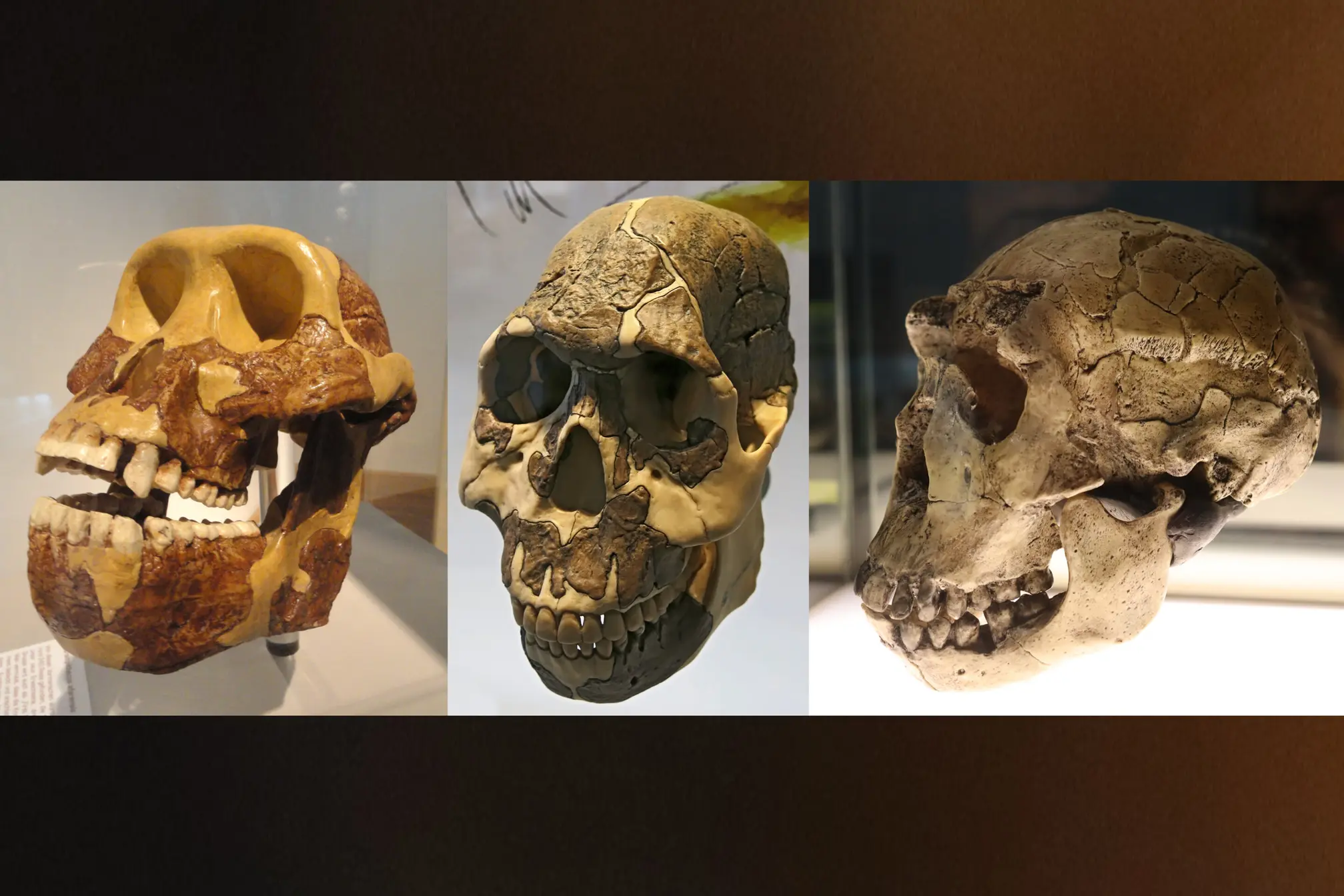T4K3.news
Ancient teeth reveal hominin overlap in Ethiopia
Teeth dating to about 2.6 million years ago indicate Homo and australopithecine lineages coexisted at Ledi-Geraru in eastern Africa.
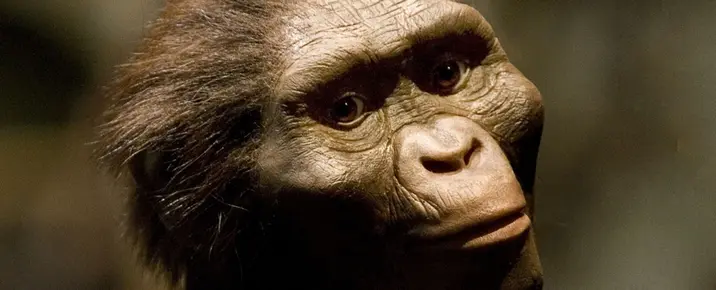
The fossil record in eastern Africa shows multiple hominin lineages living at the same time.
Ancient teeth reveal early hominins overlapped in Ethiopia
Two lines of evidence come from Ledi-Geraru in northeastern Ethiopia. Scientists uncovered teeth that belong to a Homo species dating to about 2.59 million years ago and teeth of an australopithecine around 2.63 million years ago. The site previously yielded the earliest Homo jaw dating to about 2.78 million years. Taken together, the finds indicate that Homo and Australopithecus coexisted in eastern Africa and that the fossil record at this site captures a moment when these lineages were still distinct but living in the same landscapes. The discovery narrows the gap between the first Homo and the australopithecines and suggests a more complex picture of early human evolution.
Researchers caution that the teeth cannot yet be assigned to named species. The australopithecine teeth do not match Lucy or other well known members of Australopithecus afarensis. The exact identity of the Homo teeth remains unresolved, and the researchers say more fossils are needed to map how these groups interacted. The Ledi-Geraru finds highlight a broader regional diversity in eastern Africa and reinforce the view that evolution followed multiple paths rather than a single ladder.
Key Takeaways
"Evolution isn't linear, it's a bushy tree."
Kaye Reed on evolution patterns
"We know what the teeth and mandible of the earliest Homo look like, but that's it."
Brian Villmoare on knowledge limits
"The hominin fossil record is more diverse than previously known."
Brian Villmoare on diversity of fossil record
"Two lineages overlapped in space and time at Ledi-Geraru."
Discovery implication
These results push us to rethink the pace and pattern of early human evolution. The idea of a straight line from Lucy to later Homo is replaced by a bushy tree with many branches, some of which overlap in space and time. If two lineages shared the same landscape, it changes how we interpret competition, resource use, and cultural development. The finding also stresses the challenge of defining species from teeth and jaws alone.
More fossils at Ledi-Geraru and nearby sites are essential to resolve the identities and relationships of these early humans. The story also places eastern Africa as a key cradle of diversity rather than a simple waypoint. For the public, it highlights that big questions about human origins are ongoing and that science evolves with new evidence.
Highlights
- Evolution isn't linear, it's a bushy tree.
- We know what the teeth and mandible of the earliest Homo look like, but that's it.
- The hominin fossil record is more diverse than previously known.
- Two lineages overlapped in space and time at Ledi-Geraru.
The fossil map of our origins keeps widening with every new find.
Enjoyed this? Let your friends know!
Related News
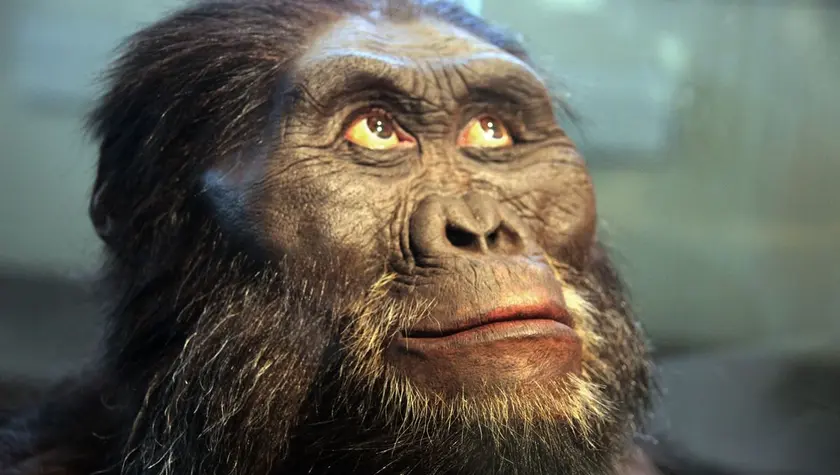
Ancient Australopithecus Lived Beside Early Homo 2.6 Million Years Ago
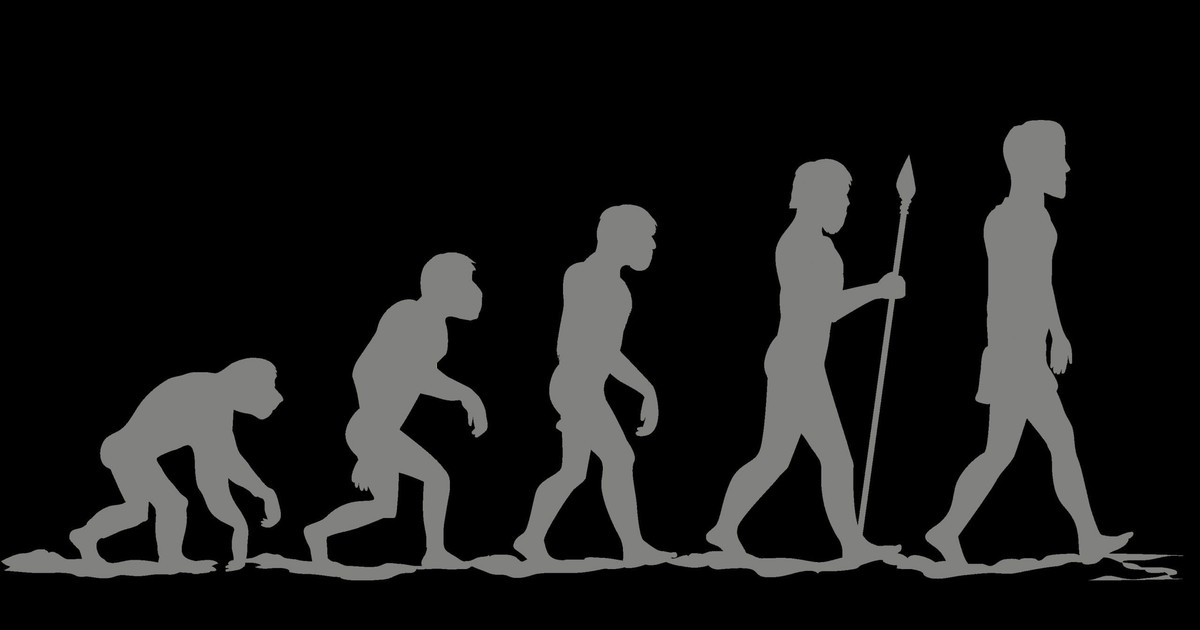
New fossils show multiple hominin species in East Africa
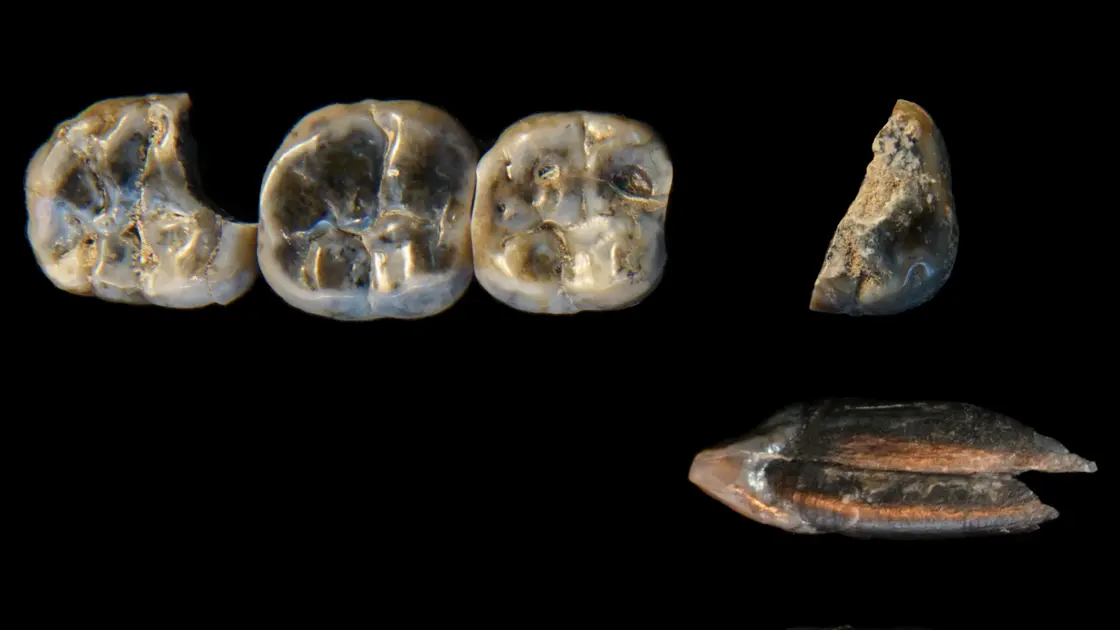
Two hominin lineages coexisted in Ethiopia 2.6 million years ago
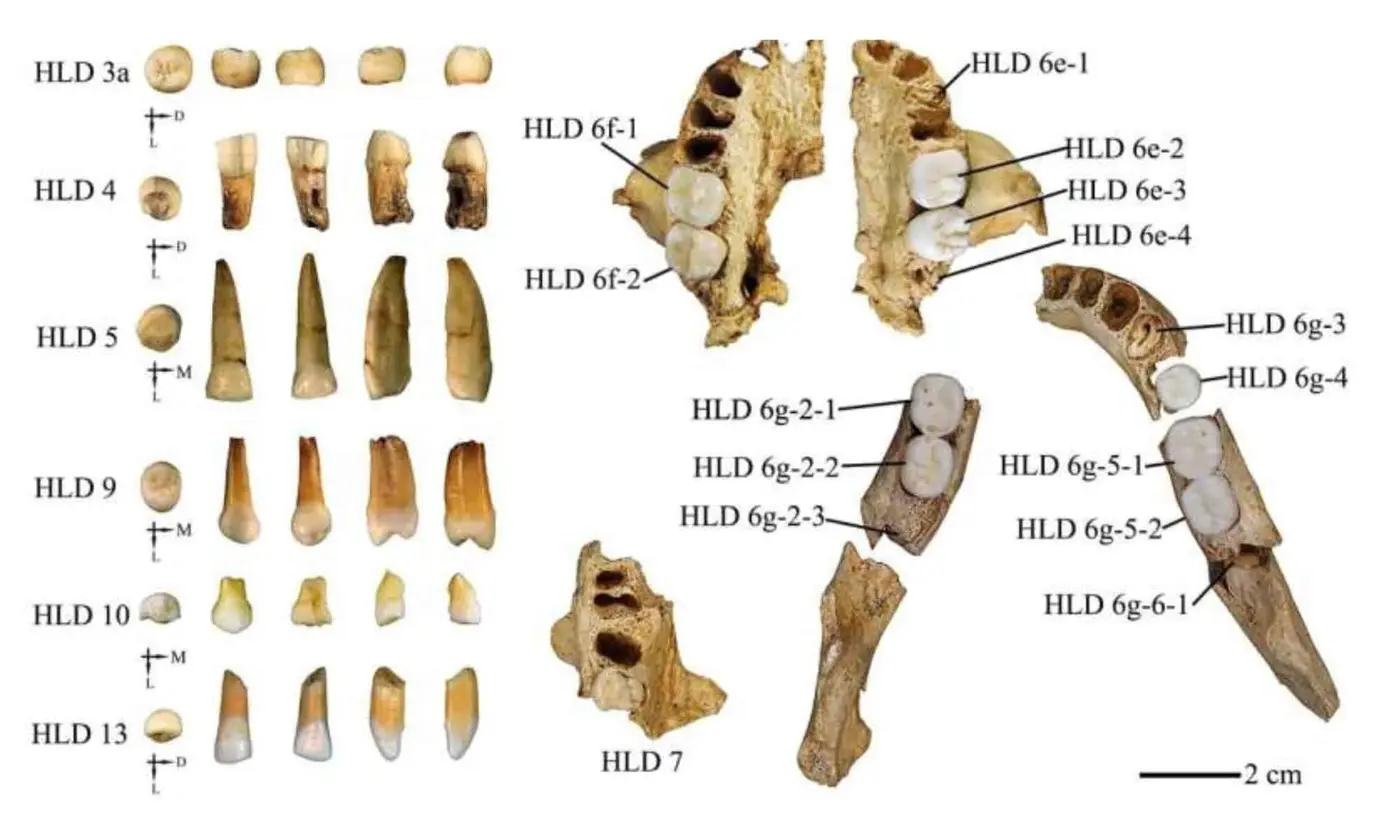
New Fossils in China Upend Human Evolution Theories
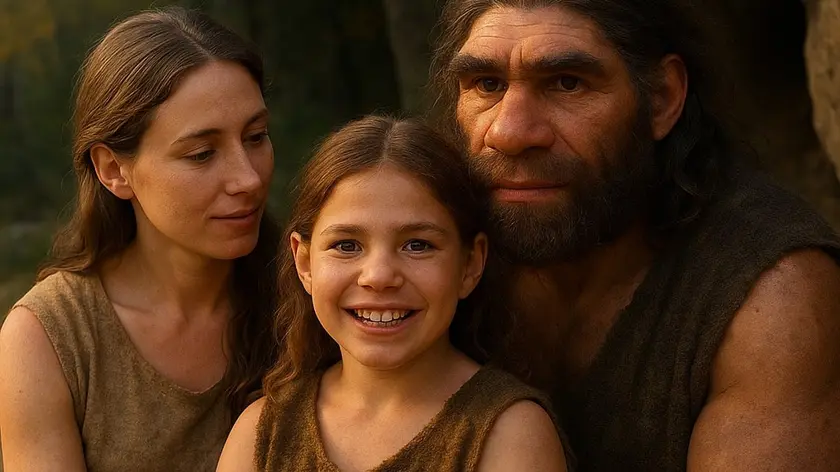
Scientists reveal traits of Neanderthal and Homo sapiens hybrids
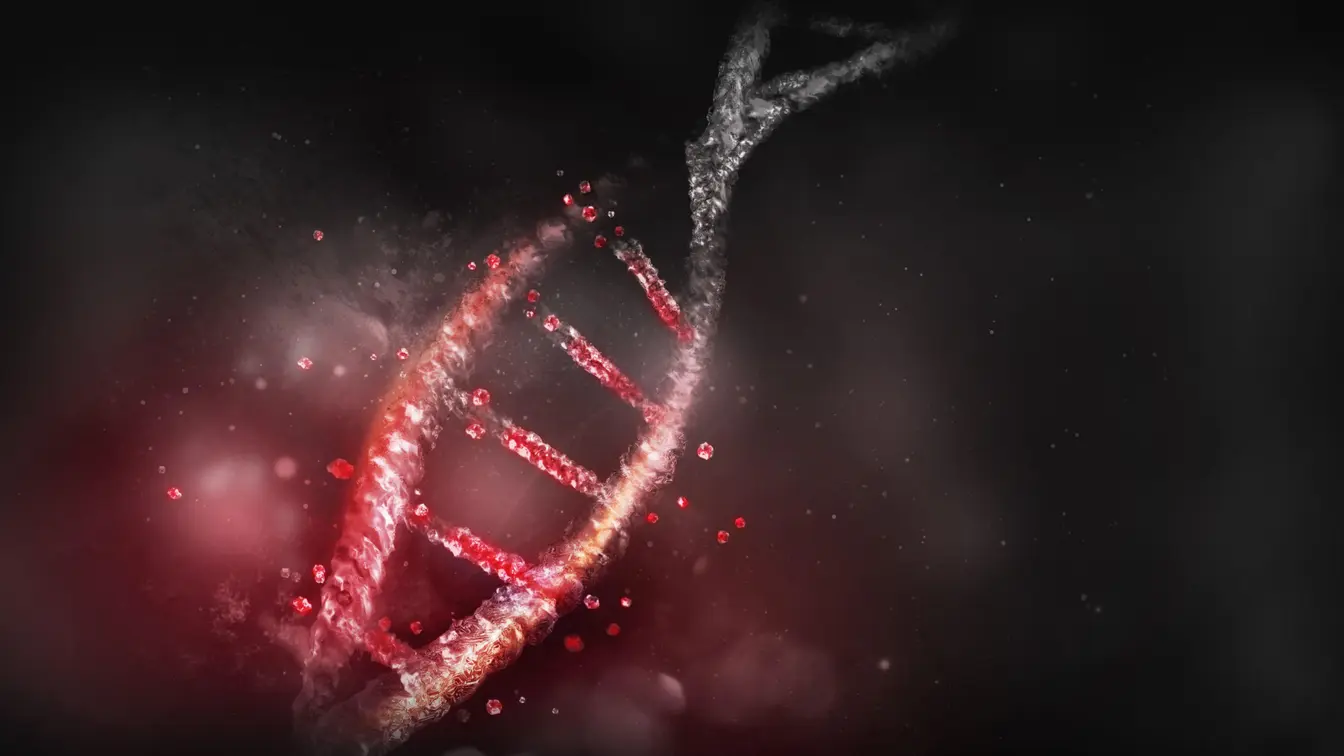
Proteins Extend the Human Evolution Narrative Beyond DNA
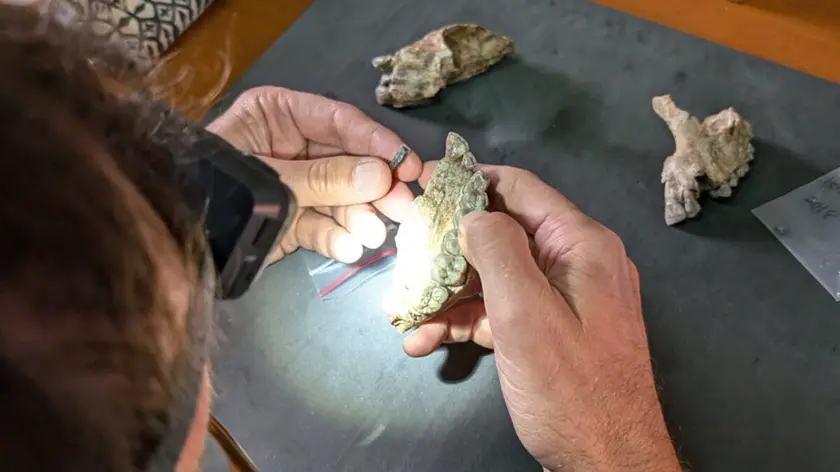
Unknown Humanlike Relative Found in Ethiopian Fossils
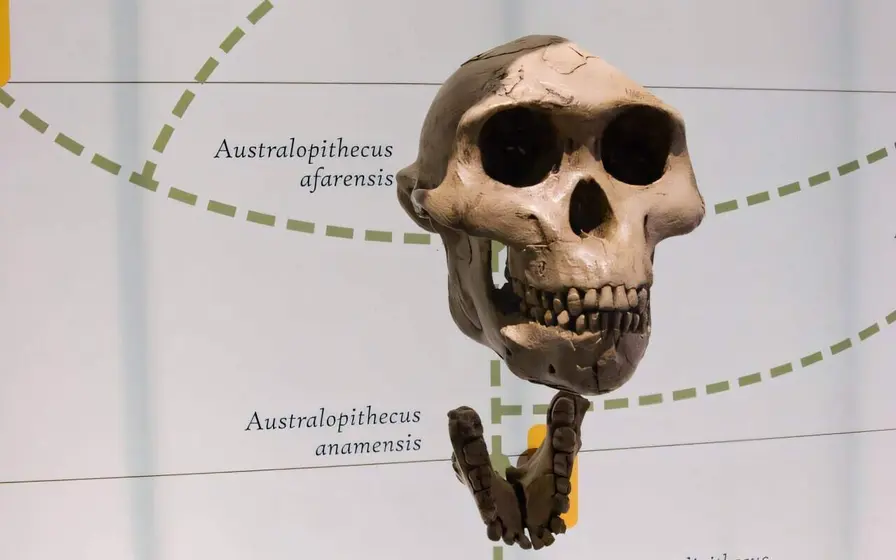
Study Reveals Size Gaps in Ancient Human Ancestors
